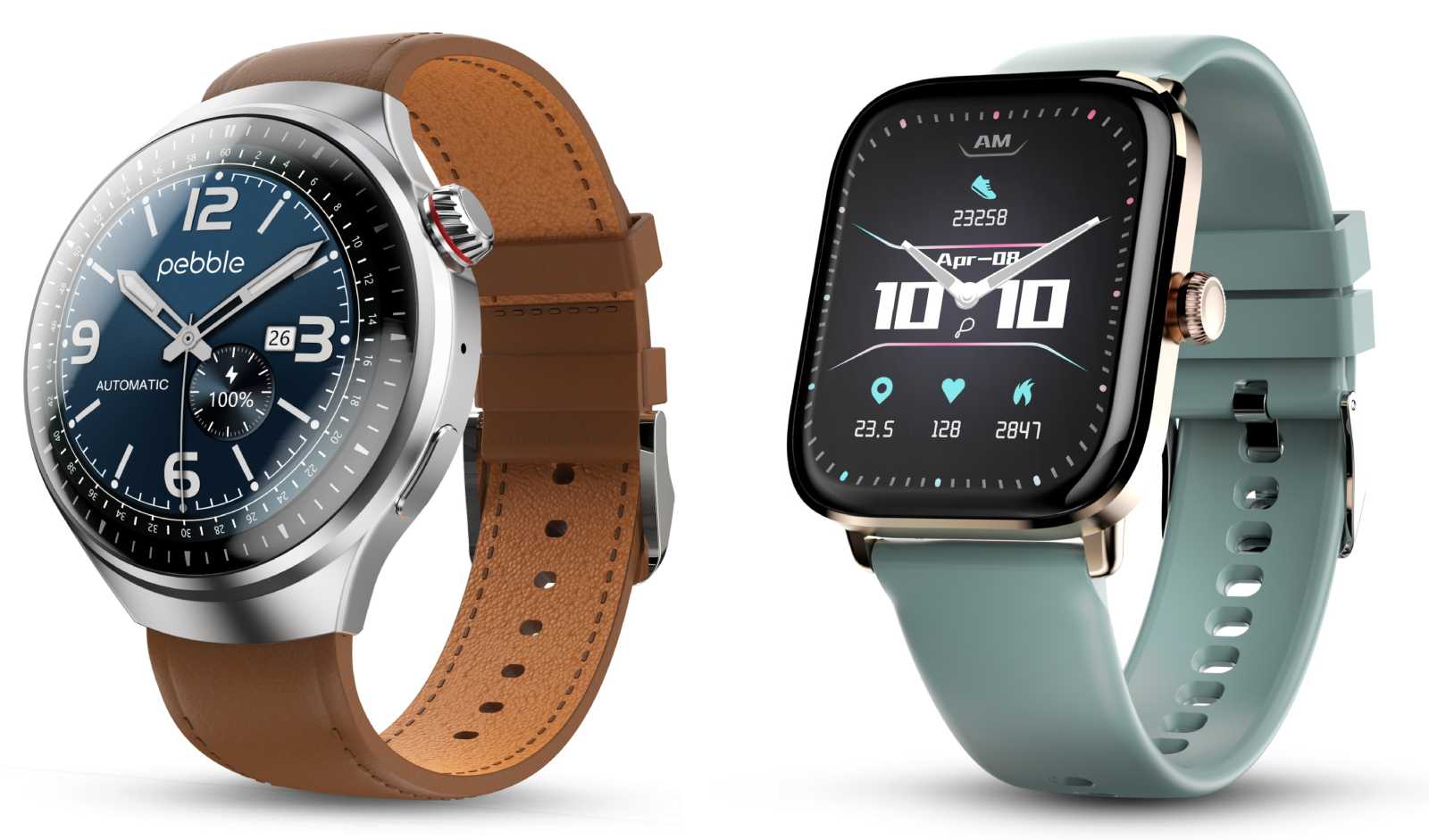Overview
Few technological innovations have influenced contemporary society as much as the laptop computer. Our job, learning, communication, and leisure activities have all changed as a result of these adaptable and portable gadgets. Laptops are becoming essential tools for both individuals and professionals due to their major design, performance, and functionality developments over time. Early attempts to design a device that could be carried about conveniently and utilized for computing duties were attempted in the 1970s, which is when the idea of a portable computer first emerged.
Many people believe that the Osborne 1, which debuted in 1981, was the first portable computer to be successful on the market. Its portability was, however, limited by its weight and bulk. The 1990s saw the start of the true laptop revolution, which was fueled by developments in technology and an increasing need for portable computing. Laptops got more potent, lighter, and smaller. The Pentium CPU from Intel and the Windows operating system from Microsoft were two innovations that significantly improved the portability and performance of laptops.
Synopsis
Over time, laptops have changed from being large, hefty computers to being thin, light computers that fit neatly into a briefcase or backpack. Modern computers are incredibly handy for use while on the road thanks to developments in materials, design, and form factor brought about by the focus on mobility. Laptop performance has increased dramatically as a result of improvements in memory, storage, and processing technology. Complex operations that were formerly exclusive to desktop computers, such gaming, 3D rendering, and video editing, may now be completed by modern laptops.
Numerous communication options, such as Wi-Fi, Bluetooth, USB ports, HDMI, and more, have been accepted by laptops. This increases users’ adaptability by making it easy for them to connect to the internet, peripherals, and external displays. Longer usage intervals between charges are now possible for laptop users thanks to advancements in battery technology.
For people who must work or participate in activities while on the go, this is essential. These days, most laptops come equipped with dedicated graphics cards and high-resolution displays, which improve the user’s visual experience. This is especially advantageous for multimedia consumption, content production, and gaming. Numerous operating systems, such as Windows, Linux, and Chrome OS, are supported by laptops. It is up to the users to select an operating system that best suits their needs and tastes. The wide range of software and applications that are available also adds to the laptops’ usefulness.
With so many uses for them in our daily lives, laptops have become indispensable: Professionals and students alike find laptops to be invaluable tools that enable them to work on projects, make presentations, conduct research, and interact with colleagues from almost anywhere. With the ability to access educational resources, take online courses, and learn remotely, laptops have completely changed the way people learn.
In summary
Because they offer a platform for research, virtual classrooms, and academic progress, they have become indispensable for students of all ages. With the ability to stream movies, play games, listen to music, and interact with social media, laptops provide a central location for entertainment. The excellent audio and video systems offer a captivating entertainment experience.
Smooth communication via social networking sites, messaging apps, video conversations, and email is made possible by laptops. They are now essential for maintaining relationships with friends, family, and coworkers around the world.


